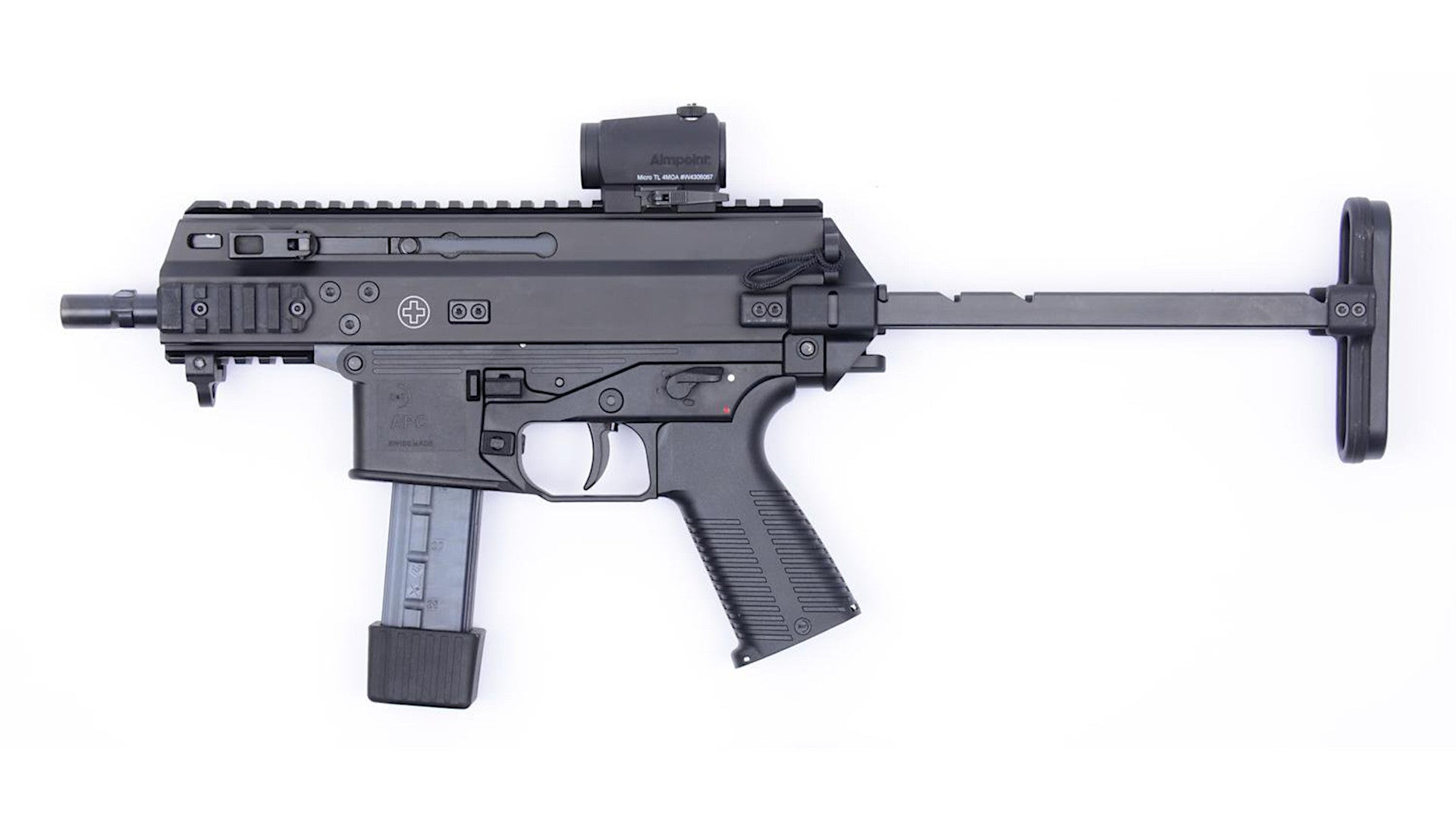The American subsidiary of Swiss gunmaker B&T has won a multi-million-dollar contract to supply the U.S. Army with a variant of its 9mm APC9 submachine gun. For almost a year, the service has been evaluating a number of proposed weapons as part of an effort to give personal security details added firepower.
The Army quietly announced that it had awarded B&T USA the deal, worth more than $2.5 million, on the U.S. government’s main contracting website FedBizOpps on Mar. 29, 2019, but did not specify which weapon specifically it was buying. A trusted source familiar with the contract confirmed the gun in question was a version of the APC9 PRO series, but could not say which model specifically. The Army now expects to purchase at least 350 of what it officially calls the Sub Compact Weapon, or SCW, with additional options to buy up to 1,000 of the guns in total. The order also includes unspecified accessories, spare parts, and services.
The Army initially kicked off the SCW competition in May 2018, before canceling the project and quickly rebooting it in a revised form two months later. Along with B&T USA, its Swiss-headquartered parent company had also entered the SCW competition itself in partnership with Trident Rifles. The Army passed on that bid, along with other offers from Angstadt Arms, Global Ordnance, Shield Arms, and Sig Sauer all of which submitted entries, as well.
Reports in 2018 had indicated that B&T, through Trident Rifles, had initially offered a variant of the company’s MP9 machine pistol. However, this gun has a side-folding stock, which would have disqualified it under the Army’s revised requirements.

Though we don’t know the exact configuration of the guns the Army is now buying, the APC9 PRO family of guns already includes a variant, the APC9 PRO K, that meets a number of the Army’s requirements, such as a barrel shorter than five and a half inches, a weight under seven pounds, and a stock that retracts and extends rather than folds to the side. B&T presently offers this gun with only a semi-automatic fire option, while any Army version would have a fully automatic mode.

The PRO upgrades to the original APC9 series, which B&T was developing right as the Army’s SCW program was getting underway, might have made the Swiss gun attractive in many ways over its competitors. Most notably, the improved variant features a modular lower assembly that comes in three different flavors to accept different types of magazines. B&T also offers a wide array of other optional accessories to go with the updated design.
The standard version uses B&T’s proprietary magazine design. There are two others available that can accept Glock pistol magazines and those for the Sig Sauer P320 series. The latter is particularly notable given that, in 2017, the Army picked versions of the P320 as its new standard sidearms as part of the Modular Handgun System (MHS) program.
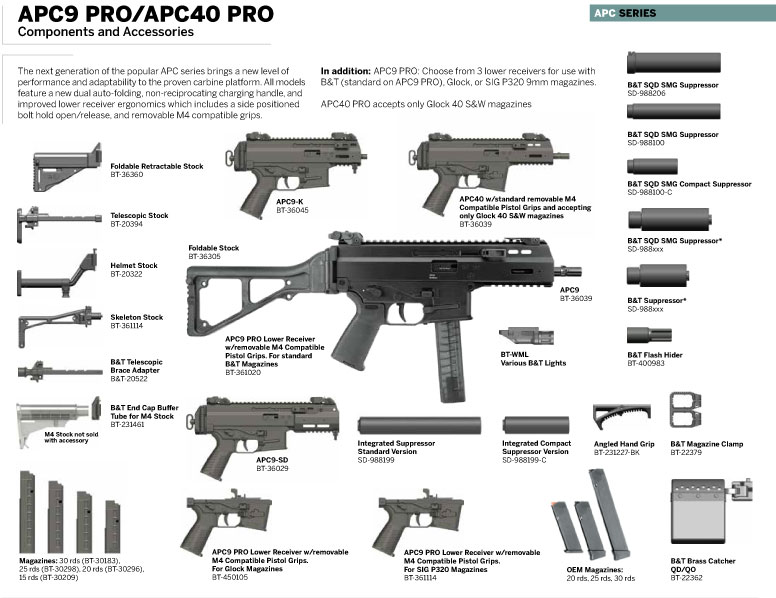
This means that the Army’s version of the APC9 could use the same ammunition and magazines as its new standard issue pistols. This would give any individual equipped with the SCW immediate magazine commonality between their primary and secondary weapon, which could be extremely valuable in even a brief firefight. It would also allow personnel with one of the submachine guns to exchange magazines back and forth with individuals who are only armed with a pistol, if necessary.
Beyond that, it would help reduce logistical requirements for the new submachine guns. The service does say the SCWs will need to have 20 and 30 round magazines, but it is already buying 21-round P320 magazines as part of the MHS program and there are 30-round options available on the market.
This might also make the submachine guns attractive for personal security details, and any other units with a requirement for this kind of compact firepower, across the U.S. military. The full-size MHS pistol, now known as the M17, and the compact version, or M18, are set to become the default sidearm across all the branches. Glock pistols have also become increasingly popular with various specialized units, especially special operations forces, and a variant of the SCW that uses the same magazines as those guns might also be of interest.
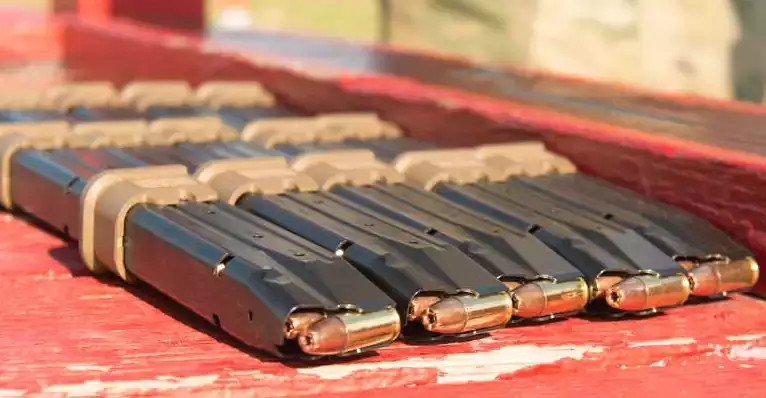
But the Army’s decision to acquire any new pistol-caliber submachine gun, a category of firearms that has been becoming steadily obsolete in military and law enforcement circles, especially due to its limited ability to penetrate body armor, for years now, remains curious. There are an increasing number of ultra-compact rifle-caliber weapons available, along with specialized cartridges, such as the increasingly popular .300 Blackout, to help maximize the effectiveness of these short-barreled guns.
On top of that, there are more novel purpose-built personal defense weapons that are specifically intended to meet the kind of physical requirements the Army has laid out and that offer better range and armor-piercing capability over a 9mm gun. The U.S. Navy’s elite SEAL Team Six reportedly already uses the 4.7mm Heckler and Koch MP7, while the U.S. Secret Service is a notable user of the 5.7mm FN P90.
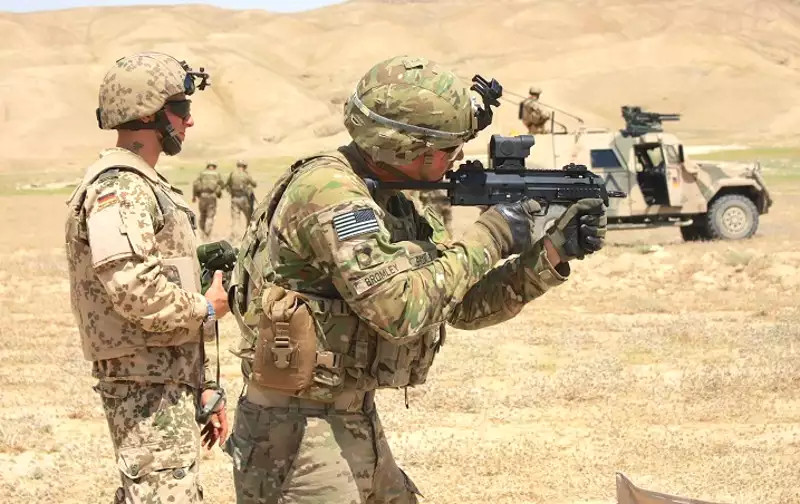
Beyond the aforementioned logistical benefits, the primary benefit of an APC9-based SCW for personal security details would seem to be primarily the added volume of fire and magazine depth compared to their pistols. The submachine guns will also be more accurate than pistols, thanks in large part to the stock, at any kind of appreciable distance. Though personal security details often work in close quarters, this doesn’t mean that they might not find easily themselves in a more open area.
Sticking with 9mm might reduce the potential for bullets over-penetrating and endangering innocent bystanders in extremely close quarters environments, such as inside a building. The new submachine guns will also be able to make use of the improved ammunition, including the new XM1153 hollow point rounds, that the Army is buying as part of the MHS program.
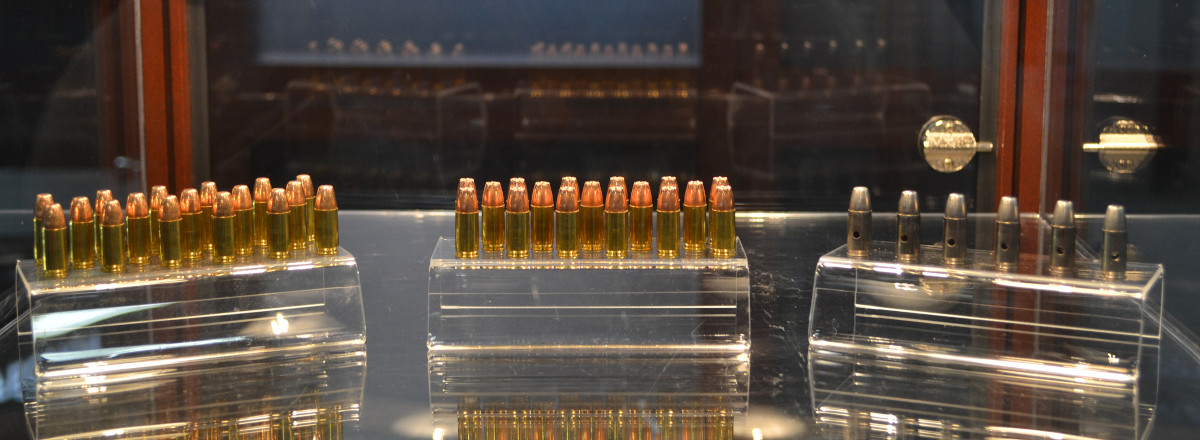
That’s not to say there isn’t a need to give personal security details protecting high-value individuals added firepower to respond to any potential threats, especially from insider attacks. The Army’s had released its revised program requirements less than a month after an Afghan Army soldier murdered one Army soldier on a security detail assignment and wounded two others. In October 2018, another insider attack almost claimed the life of the top American general in Afghanistan.
It’s a potential threat that’s hardly limited to that particular theater of operations, either. In recent years, insider attacks have also led to the death or injury of American servicemembers in Jordan and Syria. This is all on top of the threats of more traditional terrorist attacks and other kinds of violence that high-profile American military and civilian officials might face while working overseas.
Just traveling between locations can be risky in many cases. Protective detail operations that might involve having to rapidly get in and out of a vehicle, or engage targets from within one, are where compact weapons, such as the Army’s future SCW, really shine.
We don’t know how long it will be before Army personal security details begin receiving their new B&T guns, but given the relative speed of the contracting process, we could begin to see them in the hands of troops downrange in the near future. In the meantime, The War Zone will be keeping its eyes out for more details on the service’s new submachine gun.
Contact the author: jtrevithickpr@gmail.com
